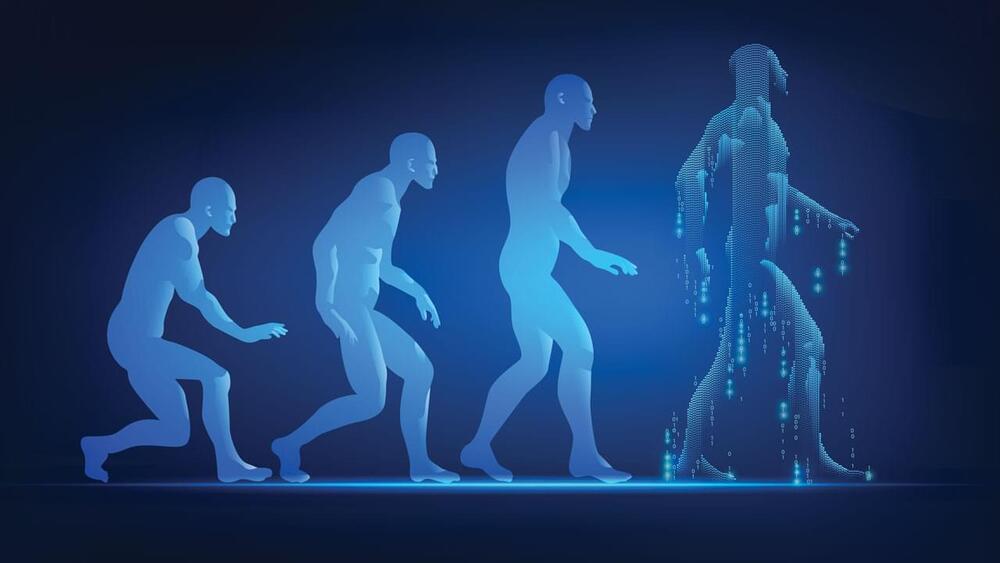International diplomacy has traditionally relied on bargaining power, covert channels of communication, and personal chemistry between leaders. But a new era is upon us in which the dispassionate insights of AI algorithms and mathematical techniques such as game theory will play a growing role in deals struck between nations, according to the co-founder of the world’s first center for science in diplomacy.
Michael Ambühl, a professor of negotiation and conflict management and former chief Swiss-EU negotiator, said recent advances in AI and machine learning mean that these technologies now have a meaningful part to play in international diplomacy, including at the Cop26 summit starting later this month and in post-Brexit deals on trade and immigration.










